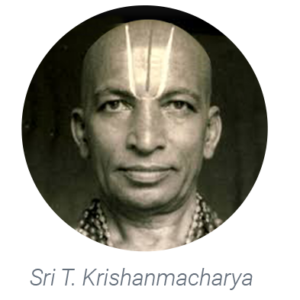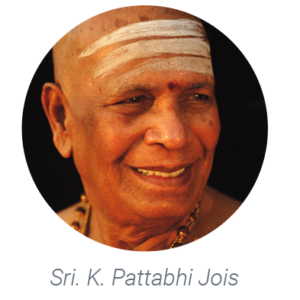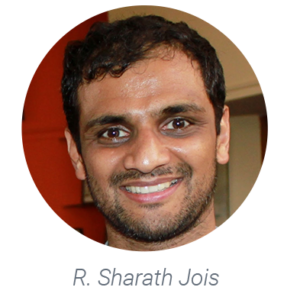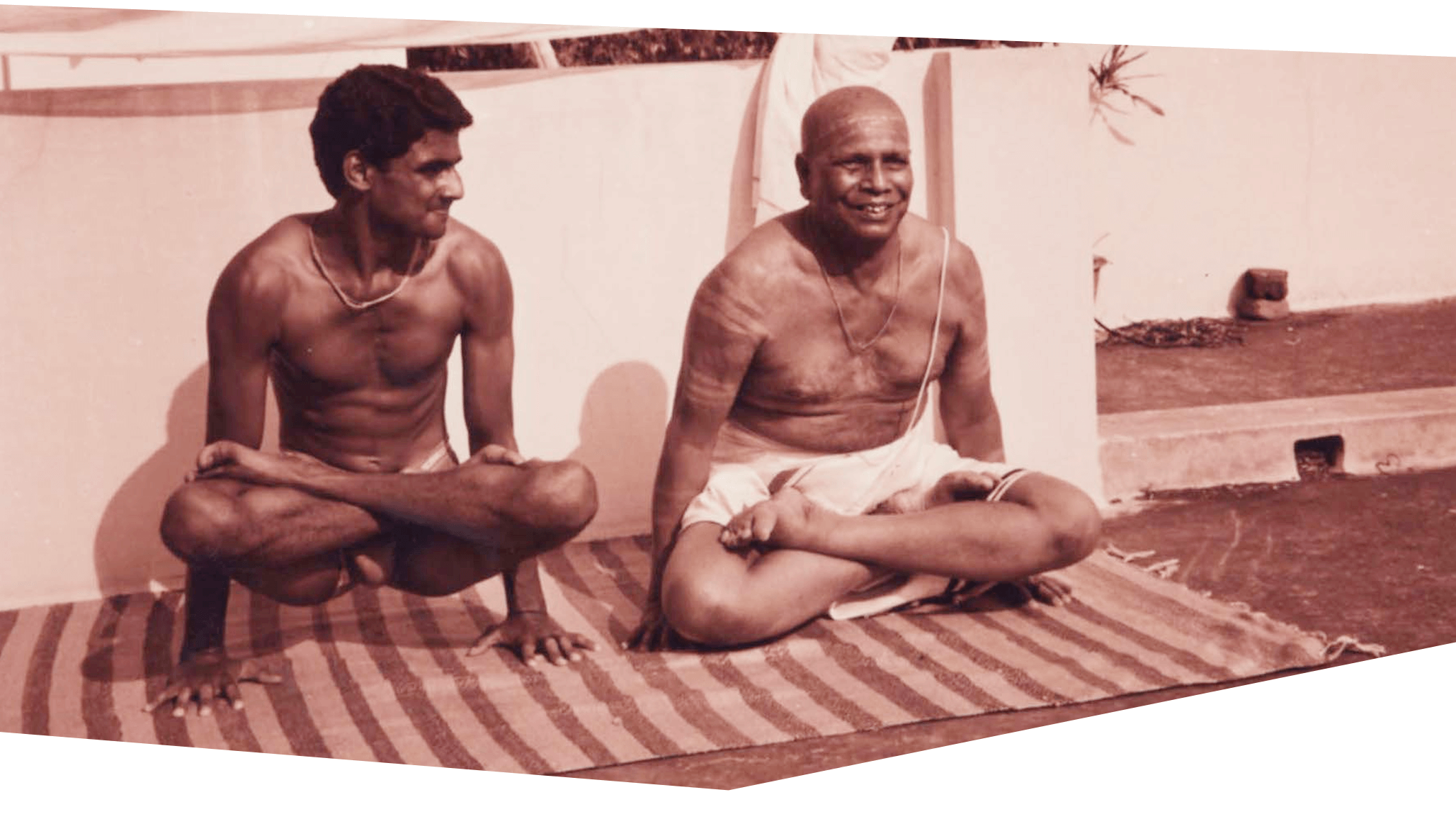Ashtanga Yoga is an ancient yoga system that finds its origins in the ancient text of Yoga Korunta by Vamana Rishi.
This text was revealed by Sri T. Krishnamacharya (1888-1989) in the early 1900s thanks to his Guru Rama Mohan Brahmachari and was later handed down to Krishna Pattabhi Jois (1915-2009) during his studies with Krishanmacharya, at the beginning of 1927, which then lasted about 25 years.
It is said that within this manuscript (Korunta: groups) there was a list of many asana groups and instructions regarding vinyasa, drishti, bandha, mudra and a part on the philosophy. In Laksmipuram in 1948 Pattabhi Jois founded the Ashtanga Yoga Research Institute with a view to test the curative aspects of yoga as taught by Krishnamacharya and found in the ancient texts.
The site was then enlarged in 1998 to include Gokulam in Mysore. Pattabhi Jois taught with dedication for over sixty years to millions of students coming from all over the world right up untilthe day of his death on May 18th 2009. His successor and the director of the Institute in Mysore, which today is called K. Pattabhi Jois Ashtanga Yoga Institute (KPJAYI) in his honor, is his nephew Sharath Jois.
In 1958 Pattabhi Jois wrote Yoga Mala, a book which represents a precious treatise on the practice of Ashtanga Yoga which if practiced constantly, diligently and without error, as Guruji said, will allow the human being to obtain physical, mental and spiritual happiness and the minds of the human community will then flow towards the self.
The transmission of yoga knowledge from the master (Guru) to the disciple (shishya) is called parampara and is based on a fundamental principle: the transmission of knowledge of direct and practical experience from master to student.











